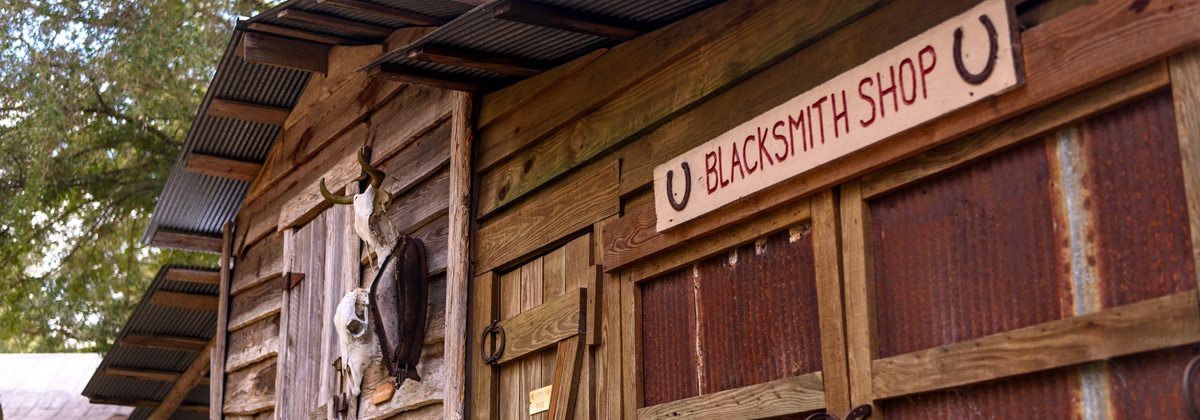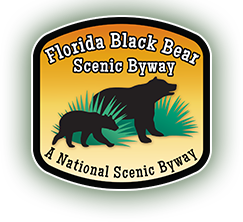Byway Overview

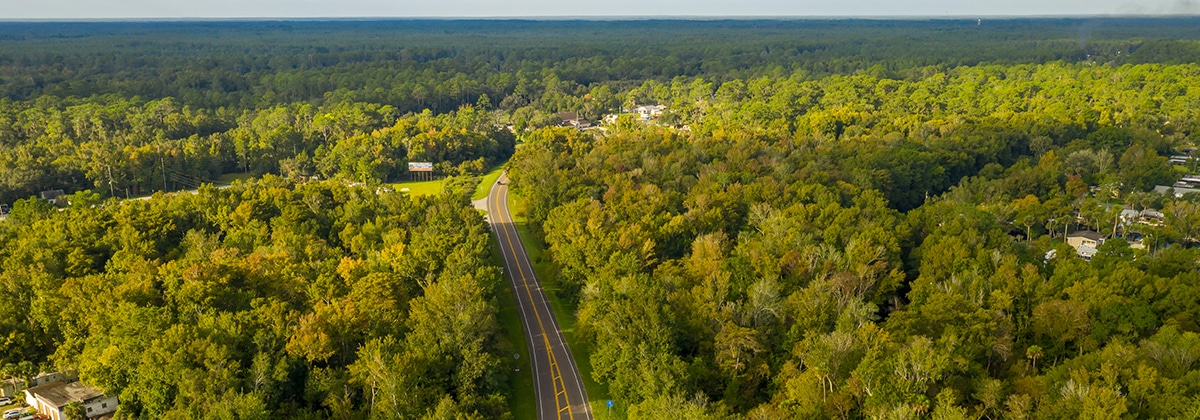
Florida Black Bear Scenic Byway Mission Statement
To enhance, encourage, and promote the preservation and protection of the outstanding natural, ecological, cultural, and historic resources of the Florida Black Bear Scenic Byway for its’ residents, inhabitants, visitors, and future generations.
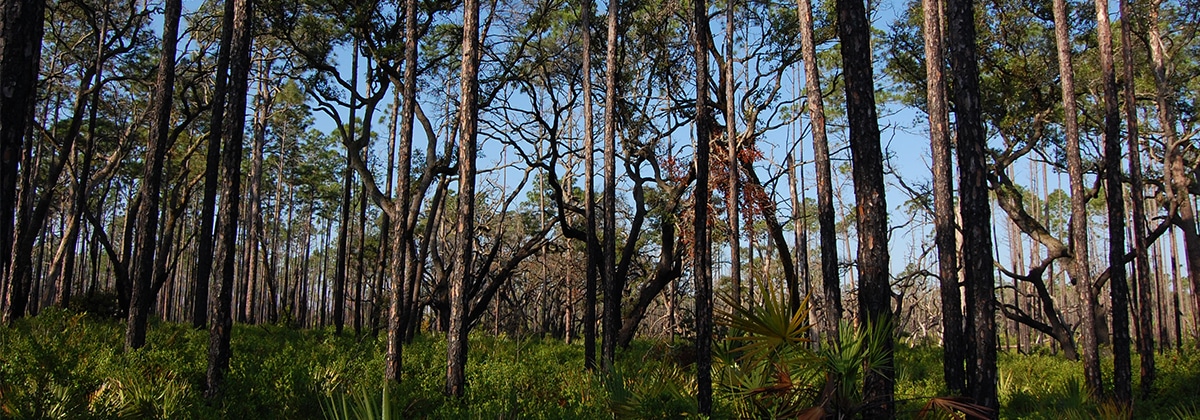
Florida Black Bear Scenic Byway is packed with hidden treasures and calls out to the Discoverer in all of us, luring us to get out of the car and “touch the forest” as locally born author Dana Ste. Claire puts it.
This road leads you to a mosaic of natural sites and communities surrounding one of Florida’s most distinctive ecosystems, known as the Big Scrub. The Big Scrub is the largest continuous sand pine forest created from ancient dunes capped with vegetation adapted to a lack of water. Traversing eastern Marion County and parts of Lake, Putnam, and Volusia counties, the 60-mile corridor along SR 40 is the backbone for a network of scenic roads and interpretive trails.
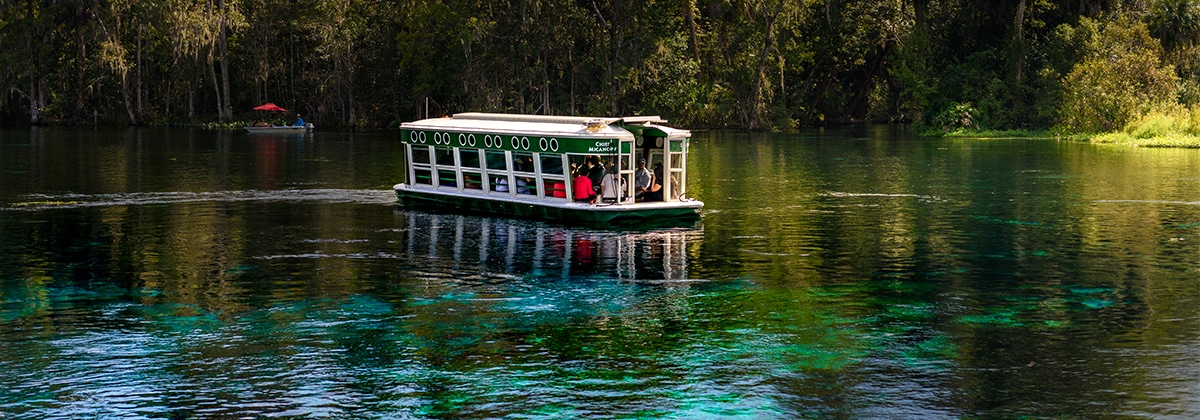
The historically beloved glass-bottom boats at Silver Springs, now a state park. The boats were present at the original theme park and still run now that it has become a state park.
The surrounding land includes the Ocala National Forest, Lake George State Forest, Heart Island Conservation Area, and Tiger Bay State Forest. World-class springs with different personalities glitter along the byway, connecting to lakes and rivers for a relaxing escape or an intrepid paddling adventure.
The Florida black bear is at its highest population density here; these ambassadors of the byway are often close to the road, so look out for them!
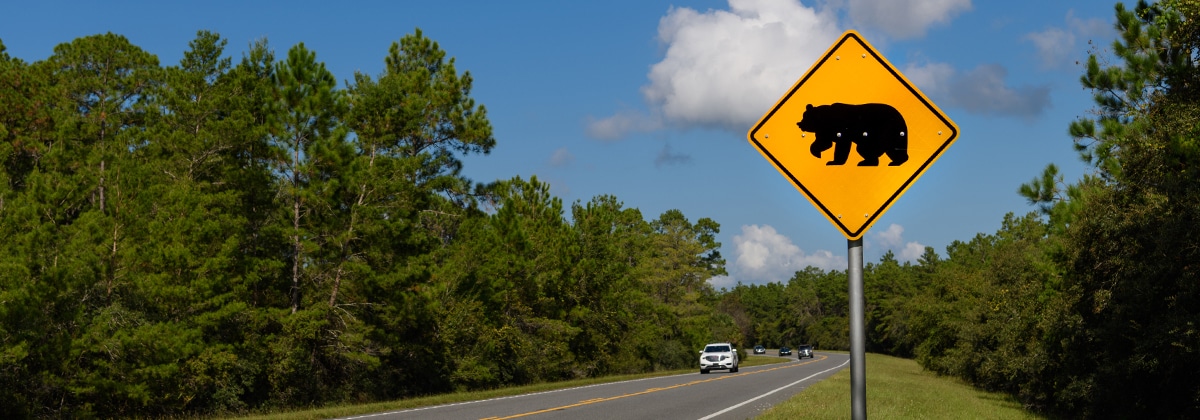
Check out the different traveling styles to help you decide what kind of discovery intrigues you most about the region! We’ve provided examples of discoverers who have come before to function as guides on the website and in our interpretation along the byway.
From the “Land Nobody Wanted” to the “Land of Many Uses”
On November 24, 1908, when President Teddy Roosevelt declared the Ocala area a National Forest in 1908, many people called it “the land nobody wanted.” This area’s land was a harsh, unforgiving place for humans to live.
Roosevelt designated 202,000 acres of scrub as the Ocala National Forest, creating the first National Forest east of the Mississippi River and the second National Forest within the continental United States. Today, people enjoy the “many uses” of this lush area, including hiking, biking, horseback riding, kayaking, canoeing, fishing, hunting, camping, and touring historical regions. The Florida Black Bear Scenic Byway shows new generations the route into the heart of wild Florida.
An Ancient Human History
Despite the hardships engendered by settling in this challenging land, the human legacy of the corridor runs deep. Shell middens (mounds of freshwater shellfish remains discarded along river banks by Florida’s prehistoric people) mark village sites of the Timucua, an ancient culture of farmers and hunters that inhabited the region for nearly 10,000 years.
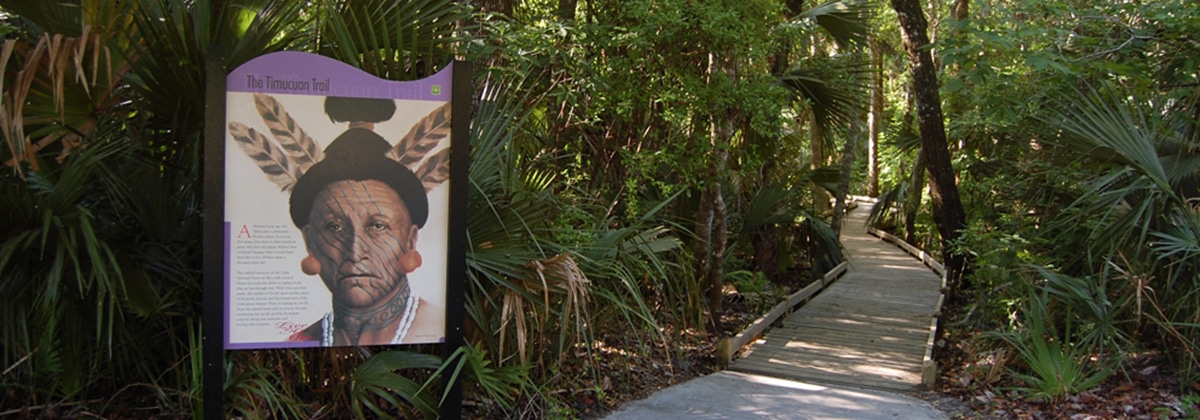
These middens would be excavated in the 1890s by archaeologists. They were found to contain some of the earliest pottery and artifacts in North America. Local road builders used the shell to pave early roads, unaware of the significance of middens. Today, some remnants of ancient tribes remain throughout the region.
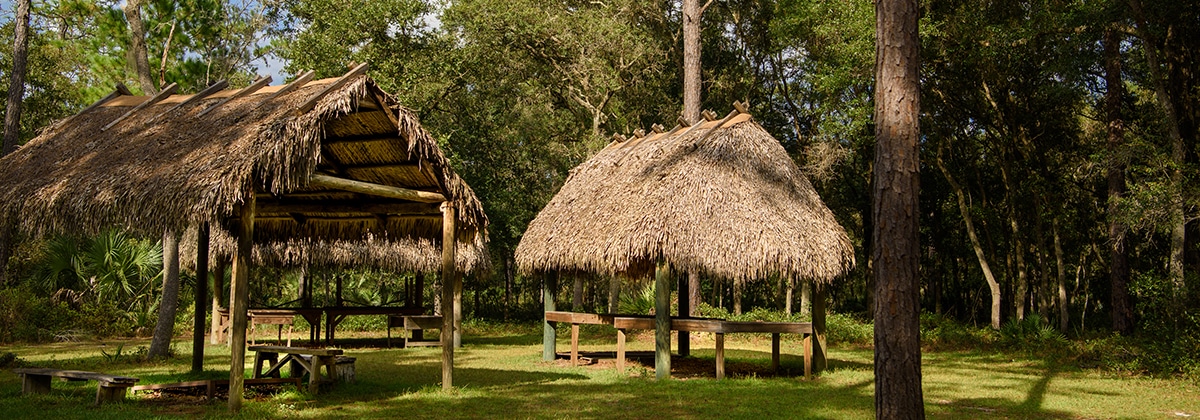
Natural Beauty Extolled to the World
In 1765 and again in 1774, naturalist William Bartram plied the waters of the St. Johns River and explored the nooks and crannies afforded by its many spring-fed tributaries. Samuel Taylor Coleridge based his epic poem Kubla Khan on the romantic description Bartram gave to Salt Springs, an “amazing crystal fountain…which meanders six miles through green meadows, pouring its limpid waters into the great Lake George,” where within the spring, “white sand and small particles of shells are thrown up with the waters.” The Florida Black Bear Byway organization has held many bus tours to the “Bartram Oak” in Astor, where William Bartram was said to have rested.
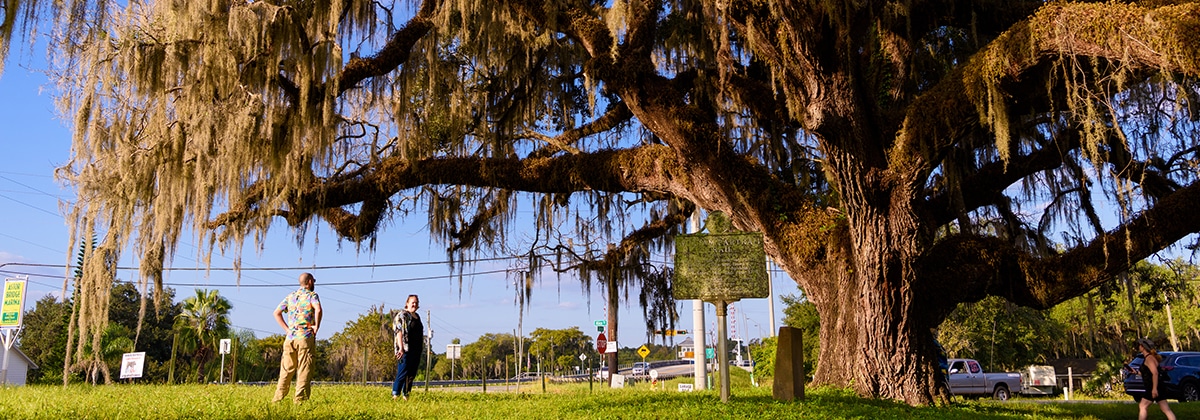
Pioneer Settlements
European and American pioneers and traders such as James Spalding created small settlements along the St. Johns and other rivers in the late 1700s. Homesteading in the more fertile lands around the Big Scrub began after the Third Seminole War ended in 1858, and influxes of settlers increased again after the Civil War. By the 1870s, a circuit-riding preacher traversed the trails by horseback, preaching in Salt Springs, Pat’s Island, Astor, and Paisley communities. Settlers traveled between these hardscrabble communities by water, horse, and wagon.


Pioneer Legacy inspires Pulitzer-Prize Winning Novel and Academy Award-winning Film The Yearling.
In the fall of 1876, Reuben and Sara Jane Long established a homestead on Pat’s Island, a high and dry island of longleaf pine in the Big Scrub. When the government offered to buy their land, the settlers of Pat’s Island moved. Still, the Long family cemetery remains – as does the legacy of their young son Melvin, who raised a fawn, inspiring Marjorie Kinnan Rawlings to write her Pulitzer Prize-winning novel The Yearling. An Academy Award-winning film adaptation soon followed.

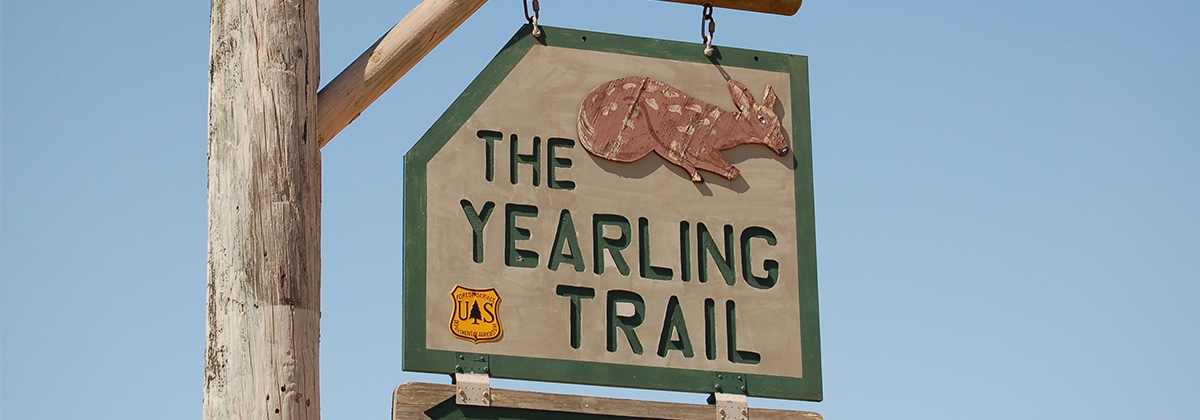
Today, the stories of the pioneers are told through interpretive exhibits, original buildings, and artifacts at Silver River Museum and Pioneer Settlement near that museum in Silver Springs State Park and at the Pioneer Settlement in Barberville.
